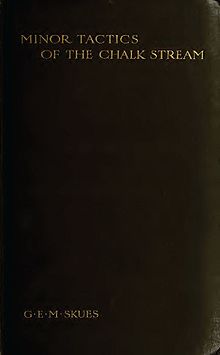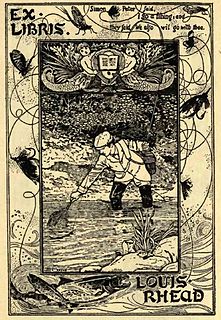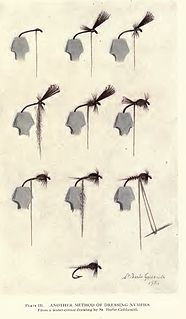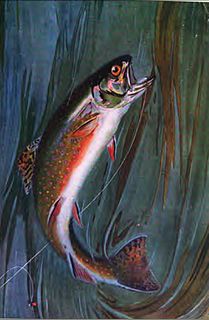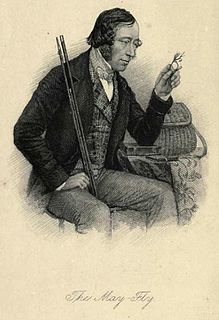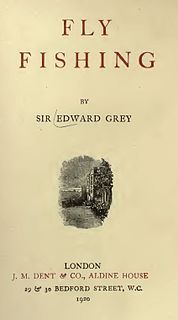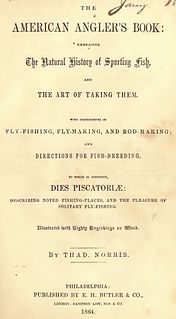Rising from the perusal of "Dry-Fly Fishing in Theory and Practice" on its publication by F. M. Halford in 1889, I think I was at one with most anglers of the day in feeling that the last word had been written on the art of chalk-stream fishing—so sane, so clear, so comprehensive, is it ; so just and so in accord with one's own experience. Twenty years have gone by since then without my having had either occasion or inclination to go back at all upon this view of that, the greatest work, in my opinion, which has ever seen the light on the subject of angling for trout and grayling; and it is still, as regards that side of the subject with which it deals, all that I then believed it. But one result of the triumph of the dry fly, of which that work was the crown and consummation, was the obliteration from the minds of men, in much less than a generation, of all the wet-fly lore which had served many generations of chalk stream anglers well. The effect was stunning, hypnotic, submerging; and in these days, if one excepts a few eccentrics who have been nurtured on the wet fly on other waters, and have little experience of chalk streams, one would find few with any notion that anything but the dry fly could be effectively used upon Hampshire rivers, or that the wet fly was ever used there. I was for years myself under the spell, and it is the purpose of the ensuing pages to tell, for the benefit of the angling community, by what processes, by what stages, I have been led into a sustained effort to recover for this generation, and to transmute into forms suited to the modern conditions of sport on the chalk stream, the old wet-fly art, to be used as a supplement to, and in no sense to supplant or rival, the beautiful art of which Mr. F. M. Halford is the prophet. How far my effort has been successful I must leave my readers to judge. I myself feel that in making it I have widened my angling horizon, and that I have added enormously to the interest and charm of my angling days as well as to my chances of success, and that, too, by the use of no methods which the most rigid purist could rightly condemn, but by a difficult, delicate, fascinating, and entirely legitimate form of the art, well worthy of the naturalist sportsman.
In the course of my too rare excursions to the river-side, I have elaborated some devices, methods of attack and handling, which I have found of service, some applicable to wet-fly, some to dry-fly fishing, or to both. In the hope that these may be of interest or service, I have included papers upon them.
